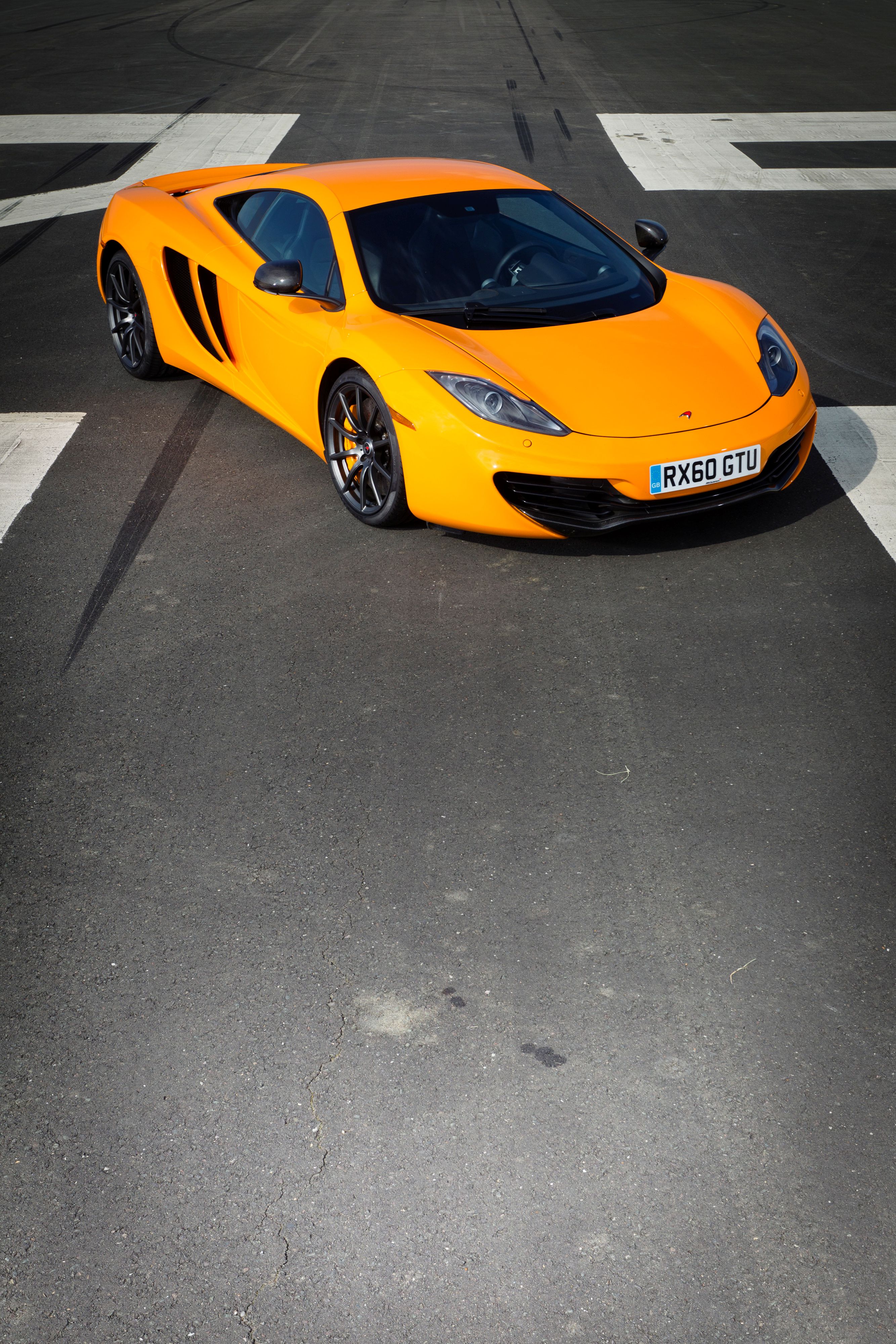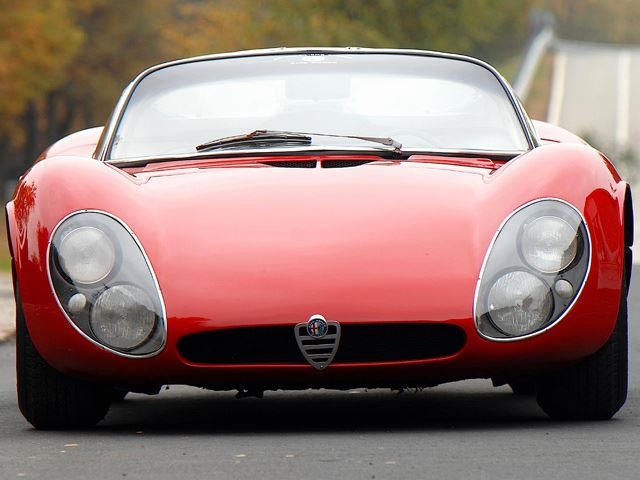
Italy has produced any number of seductively-shaped vehicles over the years, and quite a few of these have worn Alfa Romeo badges. But the 33 Stradale was a very special vehicle, and one which we hadn't covered yet, so this seemed like a good opportunity to accomplish both goals. The 33 Stradale shouldn't be confused with either the Tipo 33 race car or the later 33 sedan, and special thanks to Alfa for making their naming scheme so impenetrable.
The 1966 debut of the Lamborghini Miura had been an absolutely earth-shattering moment for the Italian car industry, ushering in the supercar era. And while brands like Ferrari were made understandably nervous by this new upstart, even the (typically) less expensive Alfa seemed to think it could use something a bit more extreme for 1967. And extreme is the right word. Coming as it did a year before the Alfa, the Lamborghini Miura is the better-remembered car, but the 33 Stradale was an awesome piece of machinery. Alfa decided that the best way to accomplish this was to simply build a road-going version of its Tipo 33 race car.
This would indeed form the basis for the car, but quite a few changes were made, and the Stradale wasn't just tweaked to meet road regulations. It is a different model, made properly for the road. That said, there were plenty of racecar elements, such as the tubular chassis. The body and wheels are made of aluminum, and there are vents in the bodywork to aid in brake cooling. The engine comes straight from the race car, and is only slightly detuned for the sake of reliability. It is a 2.0-liter 90-degree aluminum V8 with a redline all the way up at 10,000 rpm. It has dual overhead cams, mechanical fuel injection and dry-sump lubrication.
It was officially rated at 230 horsepower in road tune, but each engine was hand-built, and power ratings are different for each, with most being a bit higher. The car even had a six-speed manual transmission. It might sound like the 230-horsepower 33 was at a disadvantage up against the 350-horsepower Miura, but with a weight of just 1,500 lbs, the 33 was more than a thousand pounds lighter, and had a serious power-to-weight advantage. The bigger-engined Ferraris and Lamborghinis tended to have higher top speeds, and would therefore grab the headlines, but the 33 could out-accelerate them all in a standing kilometer.
The body was designed by Franco Scaglione, formerly of Bertone, and included the first-ever production use of dihedral (or "butterfly") doors. Obviously, this didn't all come cheap, and the 33 Stradale was the most expensive car available to the public in 1968. Just 18 units were built, but that was all that was needed for the halo car to attract attention to Alfa's dealerships. Supercars - Italian supercars in particular- tend to be quite sexualized, those from the Sixties even more so than the rest. So whether the 33 Stradale really is the most sexualized or if another car is more deserving is something that could be debated endlessly.

